Car Thermostat: How It Works and What Is It For
11 July, 2023
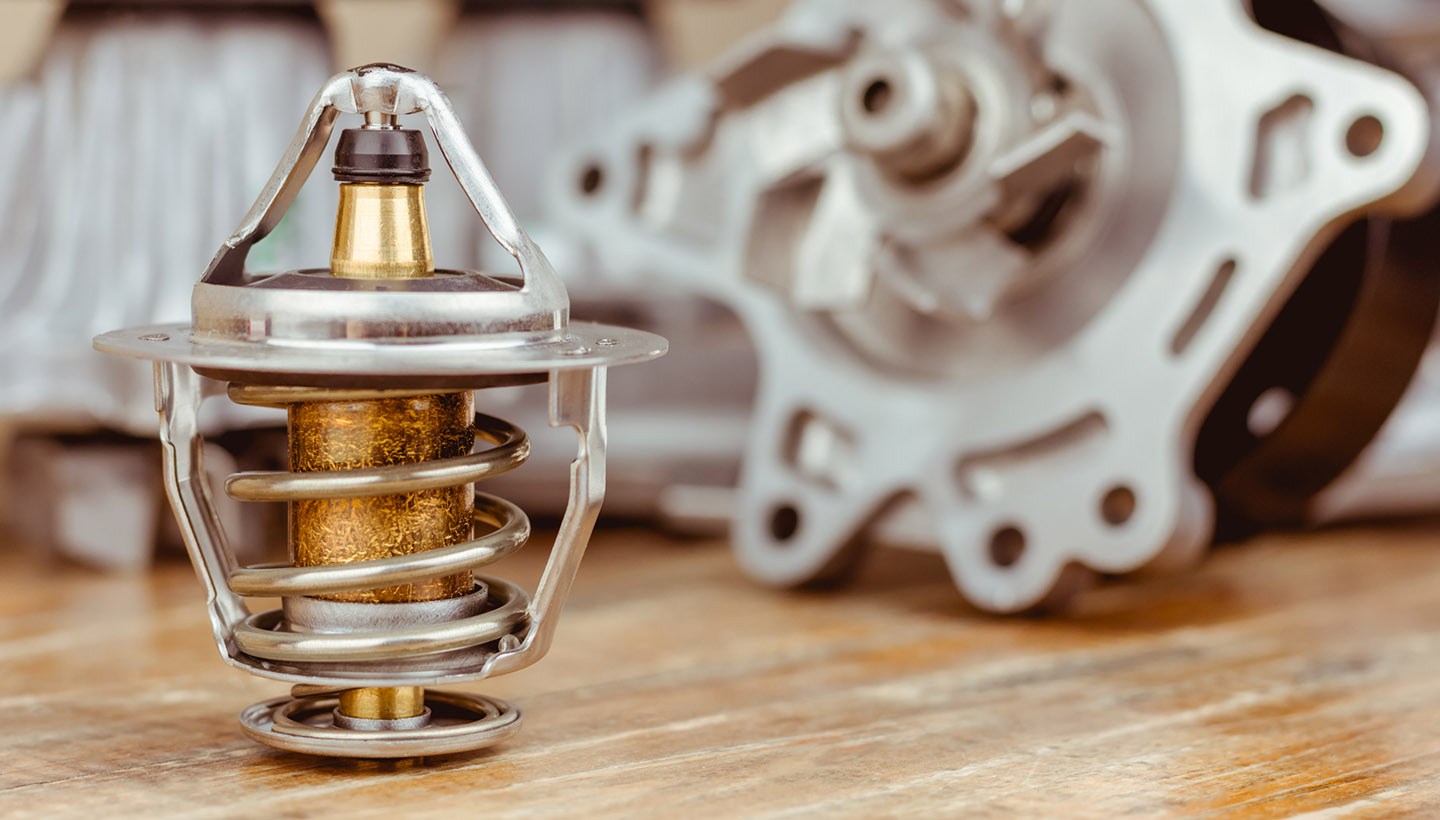
In a car engine there are many components that are interconnected with a high level of complexity. As the engine works at high speed, it causes the temperature within to increase. Therefore, it requires one system to keep the engine temperature cool and stable. One of the components in this system is known as thermostat.
What are the functions of the thermostat and how does it work on cars? Read this down below.
Car Thermostat Functions
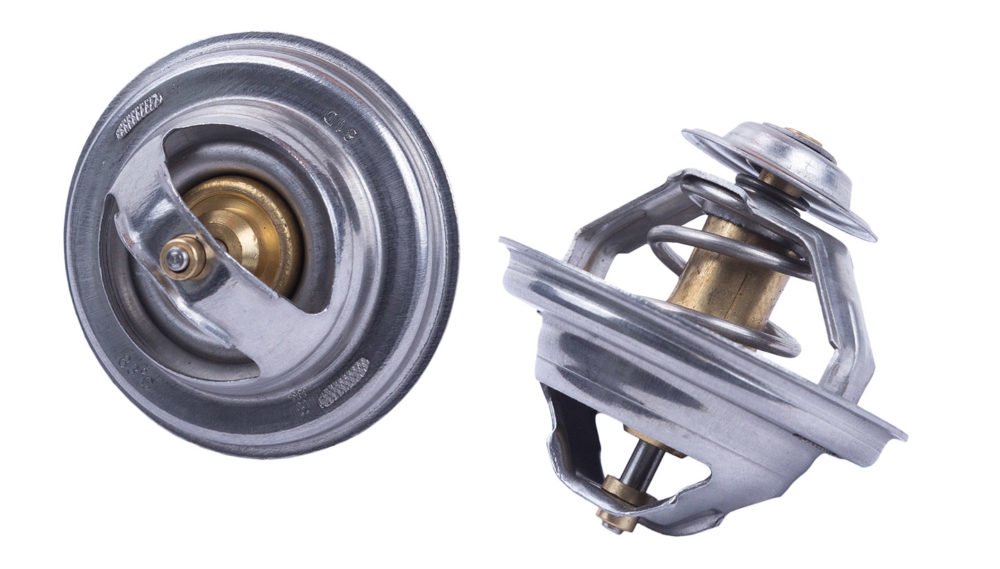
The thermostat is one of the important components in the car cooling system, its main function is to regulate the circulation of engine cooling from the radiator to prevent overheating of the engine. While the engine cooling system functions so that the temperature inside the engine remains at an ideal condition. The thermostat is located inside the water line that goes from the engine to the radiator.
The ideal temperature conditions for the engine are in the range of 80-92 degrees Celsius, because at this temperature the combustion process in the engine will be optimal, hence engine power works at its best and fuel consumption is efficient.
How Car Thermostat Works
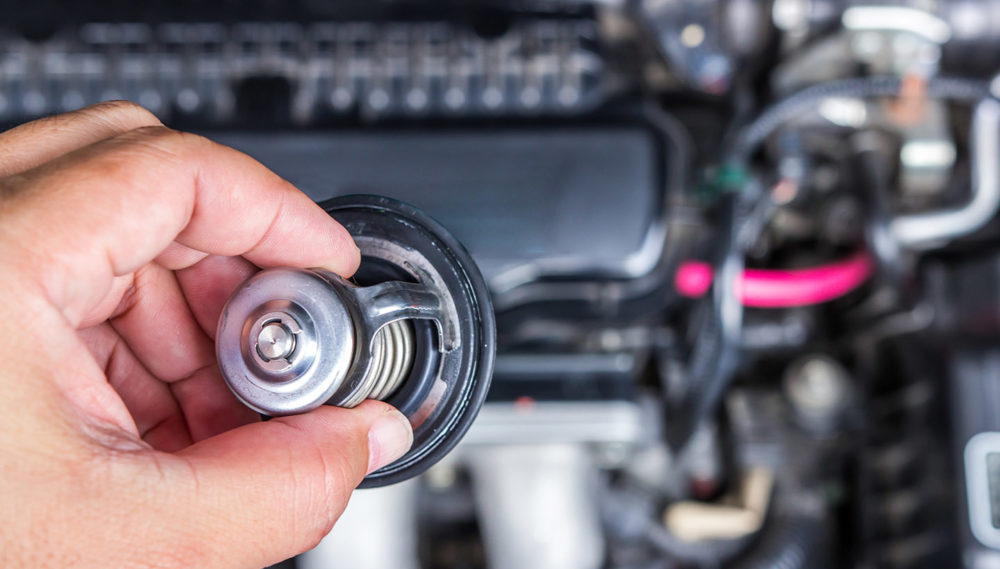
Previously it was explained that the main function of the thermostat is to keep the engine temperature at the ideal point. How the thermostat works will follow the performance of other engine cooling components.
First, the water pump lets water fall to the engine via the water jacket. At this stage the water will flow around the engine to capture the heat in the engine. Then the water will come out through the hose and then enter the top of the radiator.
In this process, the engine temperature will decrease because it is carried away by the cooling water contained in the radiator. The heat entering the radiator will be released through the radiator grille and then cooled by the fan behind the radiator.
The water that has dropped in temperature after going through the radiator grille will come out of the hose located at the bottom of the radiator to be pumped back into the engine and carry out the process of lowering the engine temperature all over again. This process occurs repeatedly when the engine is running, especially when the engine is at maximum temperature.
However, when the engine is cold, this rotating water will be covered by the thermostat so that the water circulation does not run through the radiator and the engine car can reach an optimal temperature. The thermostat will then open at a temperature of 850-900 degrees Celsius to give way to the cooling water to carry out the engine cooling process that passes through the radiator.
Simply, put the thermostat acts as a switch in the car’s cooling system. When needed, the thermostat will work to regulate the engine cooling process.
Car Thermostat Type
Based on the type, the car thermostat is divided into two, namely without a bypass valve and with a bypass valve. What are the differences between the two? Here is the full explanation.
1. Thermostat Without Bypass Valve
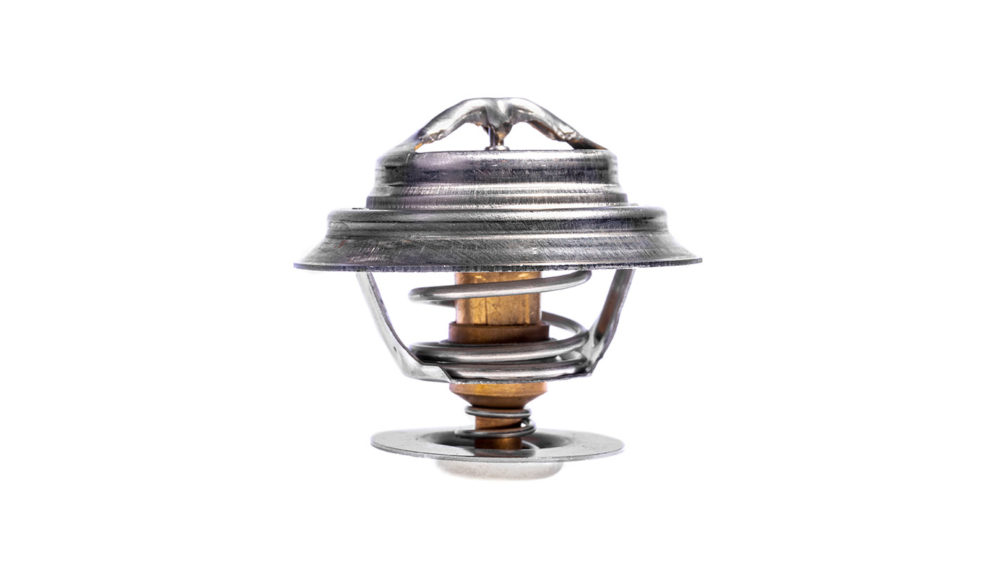
This type of thermostat is usually used in old cars, it is very rare for new cars to still use this type. This thermostat can be found on the radiator inlet and is still not equipped with a spare line that can make cooling water flow when there is a malfunction in the thermostat. Water will be trapped in the radiator and water jacket when the car engine is cold.
The advantage of this type of thermostat is that it is cheap. However, there are some drawbacks as well. In the event of a malfunction, a thermostat without a bypass valve has no safety line. In addition, there are no water lines that will cool down when the car engine is at high temperatures.
2. Thermostat With Bypass Valve
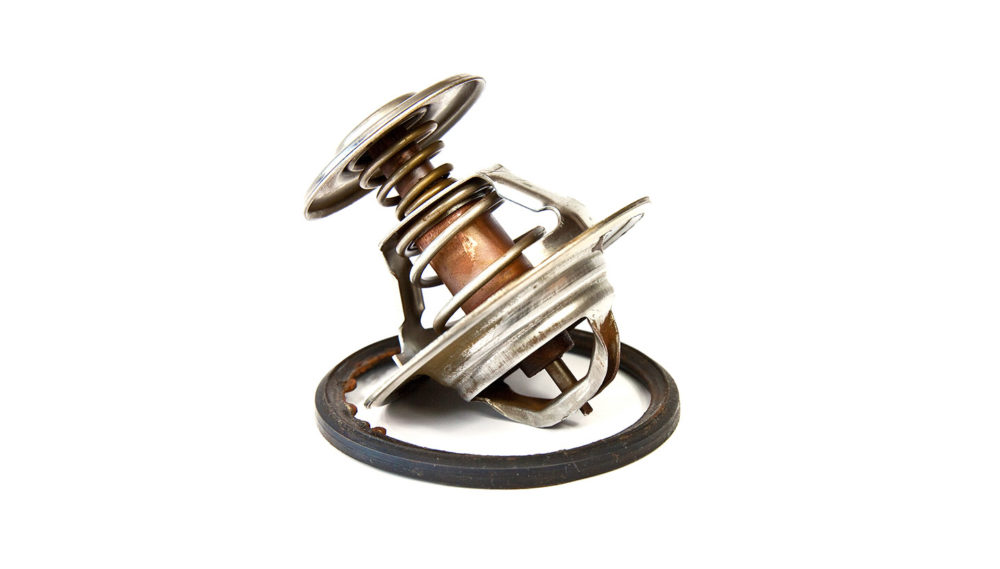
Unlike the previous type, thermostats with bypass valves are common in the latest cars. This type of thermostat can be found at the radiator outlet and has a bypass valve that is integrated into the thermostat. In this type the water coolant cannot circulate in the radiator but will flow from the water jacket to the thermostat which will enter the water pump and be pumped back to the water jacket.
The advantage of this thermostat with a bypass valve is that there is a safety line when there is damage and can immediately cool the hot engine temperature because it has a bypass valve. Meanwhile, the drawback is the price is fairly expensive because it has a fairly complicated construction.



